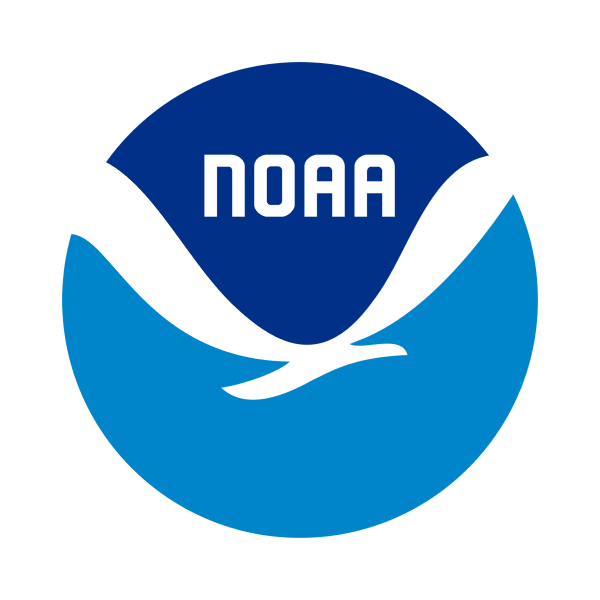Stockton University built on previous efforts to remove derelict fishing pots in coordination with commercial crabbers in southern New Jersey coastal bays and bridged the generational gap through peer-to-peer mentoring of younger crabbers.
Type of Project: Removal
Region: Mid-Atlantic
Project Dates: August 2018 - September 2021
Who was involved?
With support from the NOAA Marine Debris Program, Stockton University paired the next generation of commercial crabbers with mentors from previously funded work to remove and recycle derelict crab traps from southern New Jersey coastal bays during the fishing off season. Through this project, experienced commercial crabbers provided newcomers with training on the best practices for preventing gear loss and recovering derelict gear.
What was the project and why is it important?
For several years, Stockton University scientists worked to engage southern New Jersey commercial crabbers to break the cycle of derelict crab trap loss and train them to use low-cost sonar methods to identify lost gear. Derelict crab pots can have a variety of negative impacts, including creating navigational hazards, damaging habitats, and continuing to capture marine species (known as ghost fishing). When harvestable crabs are caught by derelict pots, it can result in lost catch opportunities and financial losses for commercial crabbers. Derelict crab pots are a particular problem along New Jersey’s coastal bays and recovering derelict crab pots and other debris from this area can help to reduce the mortality of crabs, fish, and other species inadvertently trapped in derelict pots.
Through this project, Stockton University implemented peer-to-peer mentoring to train the next generation of crabbers on low cost gear recovery methods, and paid them to remove derelict pots during the closed fishing season.
What were the results?
Four next generation Coastal Bay crabbers were introduced to the Stockton University-led program through a workshop at the Stockton Marine Field Station and on-the-water training with commercial crabbers from previously funded programs. More than 1,200 traps were recovered by commercial crabbers with the aid of low-cost Hummingbird sonar units. Approximately 7% of traps recovered were returned to the commercial crabbing community and 93% recycled through the Fishing for Energy partnership.
For more information about this project, visit the Marine Debris Program Clearinghouse.
 An official website of the United States government.
An official website of the United States government. 
